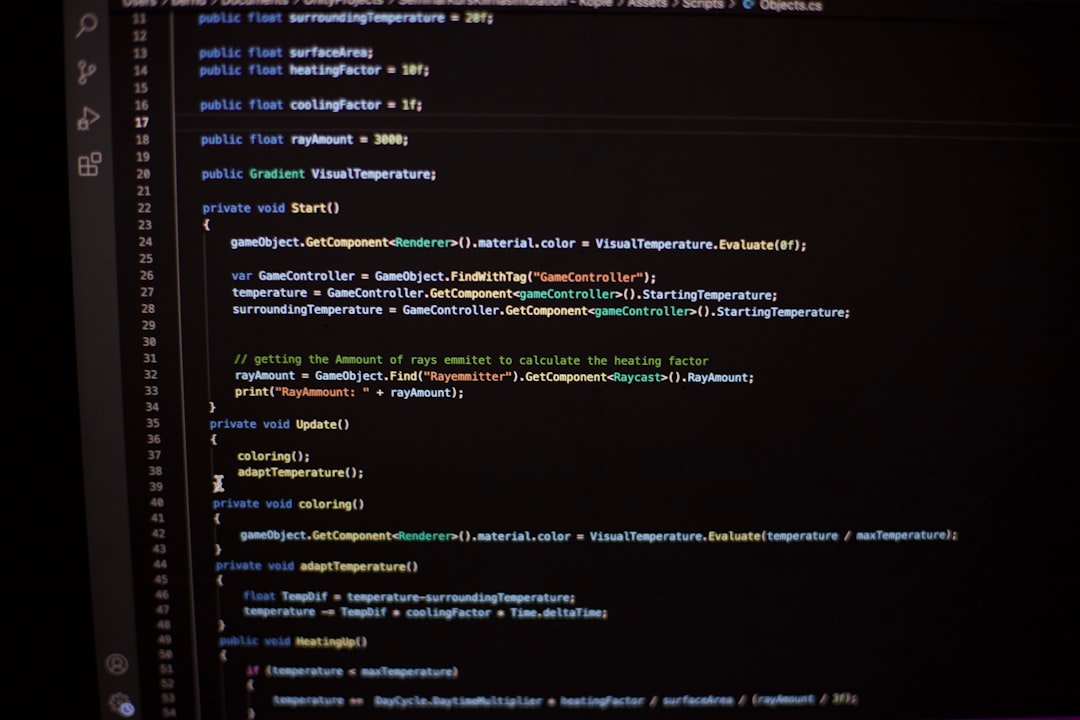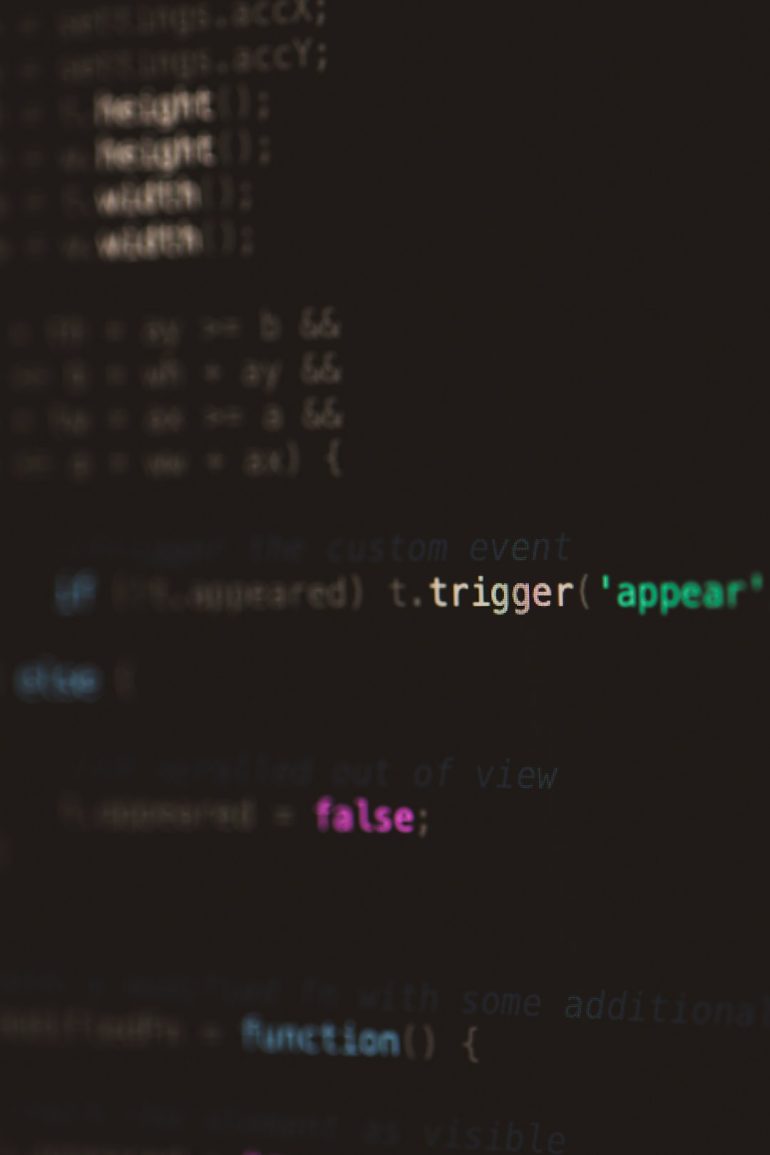What Does JSP Mean? Jakarta Server Pages Explained
Among the core technologies that have helped build dynamic web applications over the past few decades, JavaServer Pages—now officially called Jakarta Server Pages (JSP)—stands out as one of the most adaptable and versatile. But what exactly is JSP, and why is it important in today’s landscape of web development?
JSP is a server-side technology that allows developers to embed Java code directly into HTML pages. It simplifies the creation of dynamic, interactive websites by merging static templates (like HTML or XML) with Java functionality. Originally developed by Sun Microsystems, JSP is now a project under the Jakarta EE umbrella, managed by the Eclipse Foundation after Oracle donated Java EE to the community.
How JSP Works
Table of Contents
When a user requests a JSP page, the server—with a servlet container like Apache Tomcat—compiles the JSP file into a Java servlet. This servlet is then executed to generate dynamic HTML (or other content) that’s sent back to the user’s web browser.
- HTML elements in the JSP are sent to the browser unchanged.
- Java code embedded in special tags is executed on the server.
- Output from Java code is merged into the HTML.
The beauty of JSP lies in this seamless blend of markup and programming logic. By integrating Java code directly into the page, developers can dynamically retrieve data from databases, manage session states, and produce highly interactive web applications.

Essential Components of JSP
Let’s break down the key building blocks of a typical JSP page:
1. Directives
These control important aspects of how a JSP page operates, such as importing Java classes, defining content types, or setting error pages. A common example:
<%@ page language="java" contentType="text/html" %>
2. Scriptlets
These allow you to insert raw Java code into a JSP file using the <% ... %> syntax:
<% int counter = 0; %>
3. Expressions
JSP expressions output the value of a Java expression directly into the response using the <%= ... %> syntax:
Hello, <%= userName %>!
4. Declarations
These are used to declare Java methods or variables that are used in the page:
<%! int calculateSum(int a, int b) { return a + b; } %>
Advantages of Using JSP
Despite the rise of modern web frameworks, JSP continues to be relevant in many enterprise environments, especially where Java is already entrenched. Some notable benefits include:
- Scalability: JSP can handle thousands of users across large applications.
- Reusability: Custom tag libraries and JavaBeans enhance maintainability and reuse.
- Integration: Seamlessly integrates with other Jakarta EE components like Servlets, EJB, and JDBC.
- Rapid development: Developers can quickly prototype and revise interfaces before committing to full implementations.

The Shift to Jakarta Server Pages
In 2019, Java EE transitioned to the Jakarta EE project. As part of this move, JavaServer Pages was renamed to Jakarta Server Pages. This change was more than just a rebranding—it also involved moving the entire ecosystem to open governance under the Eclipse Foundation.
The functionalities remain mostly intact, but with updated APIs and clearer specifications to support modern development standards. Moving forward, projects that rely on JSP are encouraged to update their implementations to use the latest Jakarta namespaces and standards.
When to Use JSP
While alternatives like Thymeleaf, JSF, and modern JavaScript frameworks (React, Angular, Vue) may dominate certain segments, JSP still has its niche. It is particularly effective in:
- Legacy enterprise systems already using the Jakarta EE ecosystem
- Educational settings for teaching Java-based web development fundamentals
- Internal enterprise tools and administrative dashboards
Conclusion
Jakarta Server Pages offer a powerful way to deliver dynamic web content through the trusted and robust Java platform. Though web technology has evolved tremendously, JSP remains a testament to Java’s flexibility and long-standing presence on the internet.
Whether you’re exploring JSP for the first time or maintaining a legacy system, understanding how it fits into the broader Jakarta EE ecosystem can open up new opportunities to build robust, scalable, and dynamic web applications using Java.







